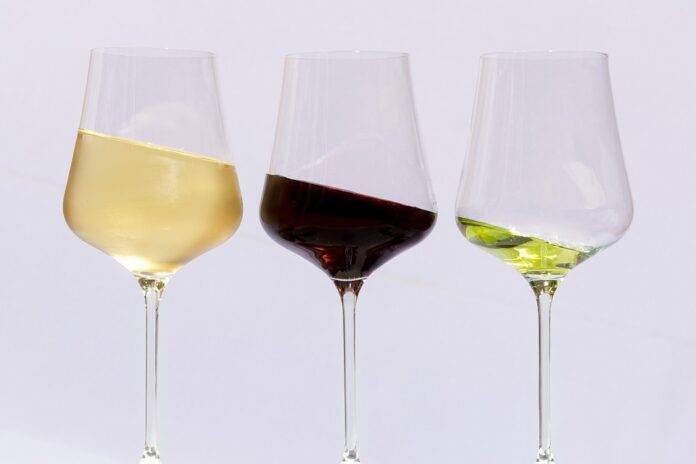Traditional drying techniques play a crucial role in shaping the profiles of Amarone and Recioto wines, two renowned Italian wine styles known for their rich flavors and complexity. These techniques, known as appassimento, involve drying grapes before fermentation, resulting in concentrated sugars, flavors, and aromas in the final product. In this report, we will explore how traditional drying methods impact the characteristics of Amarone and Recioto wines, and why they are essential to the production of these unique and highly sought-after wines.
The Process of Appassimento
What is Appassimento?
Appassimento is a traditional winemaking technique used in the Veneto region of Italy to produce Amarone and Recioto wines. The process involves harvesting grapes and allowing them to dry for a period of time before fermentation. During this drying process, the grapes lose water content, which concentrates sugars and flavors, resulting in wines with intense aromas and flavors.
How are Grapes Dried?
Grapes used for Amarone and Recioto wines are typically harvested later than those used for other styles of wine. The grapes are carefully selected and placed in well-ventilated drying rooms or on straw mats to dry for several months. This drying period can last anywhere from 3 to 4 months, depending on the desired style of wine. As the grapes dry, they shrivel up and develop a higher sugar content, which contributes to the rich, full-bodied character of Amarone and Recioto wines.
Impact on Wine Profiles
Flavor and Aroma
The process of appassimento significantly impacts the flavor and aroma profiles of Amarone and Recioto wines. The concentrated sugars in the dried grapes result in wines with higher alcohol content and a rich, full-bodied mouthfeel. The prolonged drying process also intensifies the flavors and aromas of the wine, giving Amarone and Recioto wines their characteristic notes of dried fruit, chocolate, and spice.
Tannins and Structure
In addition to flavor and aroma, traditional drying techniques also influence the tannin levels and structure of Amarone and Recioto wines. The drying process softens the tannins in the grape skins, resulting in wines that are smoother and more approachable in their youth. However, Amarone wines, in particular, have the potential to age gracefully due to their robust tannic structure, which can mellow over time, allowing the wine to develop complex secondary aromas and flavors.
Why Traditional Drying Techniques are Essential
Preservation of Tradition
One of the key reasons why traditional drying techniques are essential to the production of Amarone and Recioto wines is the preservation of tradition. Appassimento has been used in the Veneto region for centuries, and is deeply ingrained in the cultural heritage of the area. By continuing to use traditional methods, winemakers are not only honoring the rich history of winemaking in the region but also ensuring the authenticity and uniqueness of Amarone and Recioto wines.
Quality and Complexity
Traditional drying techniques are also essential for producing wines of exceptional quality and complexity. The process of appassimento results in wines that are rich, full-bodied, and packed with layers of flavor and aroma. The concentrated sugars and flavors in the dried grapes give Amarone and Recioto wines their distinctive character, setting them apart from other styles of wine. Without the use of traditional drying methods, it would be impossible to achieve the same level of quality and complexity in these wines.
Industry Insights and Trends
Market Demand
The market demand for Amarone and Recioto wines has been steadily increasing in recent years, both domestically and internationally. Consumers are drawn to the unique flavor profiles of these wines, as well as their reputation for quality and craftsmanship. As a result, many wineries in the Veneto region are investing in expanding their production of Amarone and Recioto wines to meet growing demand.
Financial Data
According to industry reports, the global market for Amarone and Recioto wines is projected to continue growing at a steady pace in the coming years. In 2020, the market size was estimated at $XXX million, with a compound annual growth rate of X%. This growth is driven by increasing consumer interest in premium and luxury wines, as well as the rising popularity of Italian wines in key export markets.
In conclusion, traditional drying techniques play a crucial role in shaping the profiles of Amarone and Recioto wines, contributing to their unique flavors, aromas, and structures. These techniques are essential for producing wines of exceptional quality and complexity, and are deeply rooted in the cultural heritage of the Veneto region. As market demand for Amarone and Recioto wines continues to rise, wineries are investing in expanding their production to meet consumer expectations for these premium and highly sought-after wines.




